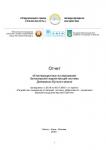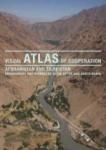 Zoï has contributed to UNECE water assessments and helped facilitate implementation of UNECE and United Nations conventions in Central Asia. Based on its previous work with Afghanistan, Zoï was invited to assist in the facilitation of the Afghan-Tajik cooperation process. In the development of this atlas, Zoï’s special talents for presenting environmental issues visually have been of particular value.
Zoï has contributed to UNECE water assessments and helped facilitate implementation of UNECE and United Nations conventions in Central Asia. Based on its previous work with Afghanistan, Zoï was invited to assist in the facilitation of the Afghan-Tajik cooperation process. In the development of this atlas, Zoï’s special talents for presenting environmental issues visually have been of particular value.
Economic development and natural resource management are top priorities for cooperation between the Islamic Republic of Afghanistan and the Republic of Tajikistan. For both countries the adequate knowledge and sharing of information about natural resources and hazards are important.
With 100 photos and 50 maps and graphics based on official sources and original research, this well-illustrated atlas presents information at the river basin – as opposed to the national – level, and portrays challenges from the regional rather than the country perspective. With the objective of supplementing information already available in each of the countries, the atlas is designed to help local policymakers and experts as well as readers outside the region, donors and the international community understand the basin’s natural resources, common needs and priorities. It starts with brief introductions to the countries, illustrates the Amu Darya River basin as a part of the Aral Sea basin and provides details on the Upper Amu Darya.

 Resource efficiency
Resource efficiency Disasters
Disasters Environmental governance
Environmental governance Harmful substances
Harmful substances Ecosystems management
Ecosystems management
 Global
Global Eastern Europe
Eastern Europe Caucasus
Caucasus Central Asia
Central Asia Balkans
Balkans Mediterranean
Mediterranean
 THINK!
THINK! TELL!
TELL! ACT!
ACT! TEACH!
TEACH!




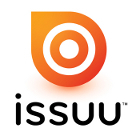

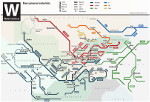
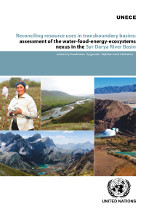
 The quarrying of raw materials – such as limestone, shale, sand and gravel – for cement and aggregates production poses significant risks to biodiversity and ecosystems. Building Materials companies and policy makers must work together to find solutions that balance the needs of society, business and nature.
The quarrying of raw materials – such as limestone, shale, sand and gravel – for cement and aggregates production poses significant risks to biodiversity and ecosystems. Building Materials companies and policy makers must work together to find solutions that balance the needs of society, business and nature.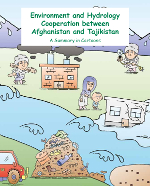
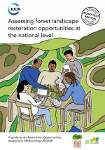
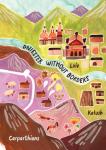


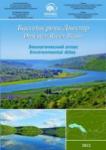 The Environmental Atlas of the Dniester Basin is the first attempt to present the environmental state of the transboundary river in a visual format which includes over 30 thematic maps of the basin, graphics, diagrams and pictures. The target groups for the Atlas are specialists in environmental protection, as well as the authorities and the population in the Dniester basin.
The Environmental Atlas of the Dniester Basin is the first attempt to present the environmental state of the transboundary river in a visual format which includes over 30 thematic maps of the basin, graphics, diagrams and pictures. The target groups for the Atlas are specialists in environmental protection, as well as the authorities and the population in the Dniester basin.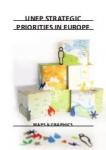
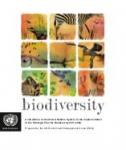
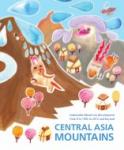
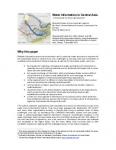 Reliable information about the environment and in particular water resources is required for the sustainable future of Central Asia. This paper was presented at the UNECE workshop “Managing water information in Central Asia” in December 2011 in Kazakhstan.
Reliable information about the environment and in particular water resources is required for the sustainable future of Central Asia. This paper was presented at the UNECE workshop “Managing water information in Central Asia” in December 2011 in Kazakhstan.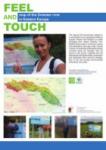 This map by Zoï environment network is a contribution to an international effort to support Ukraine and Moldova in jointly managing their shared Dniester river. Besides being used in numerous reports and publications, the map is also 'carved in stone' on nearly fifty information boards mounted along the Dniester river from its source to the mouth. Hopefully this will help people of the basin better understand and appreciate their common heritage, thus in the end turning environmental information into action.
This map by Zoï environment network is a contribution to an international effort to support Ukraine and Moldova in jointly managing their shared Dniester river. Besides being used in numerous reports and publications, the map is also 'carved in stone' on nearly fifty information boards mounted along the Dniester river from its source to the mouth. Hopefully this will help people of the basin better understand and appreciate their common heritage, thus in the end turning environmental information into action.
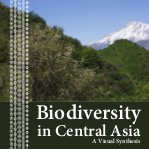
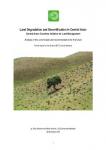
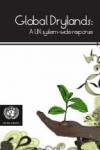
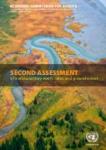
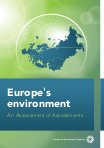
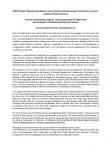
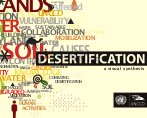

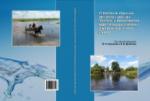
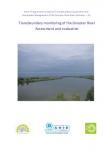
 Dniester Basin GIS (Geographic Information System)
Dniester Basin GIS (Geographic Information System)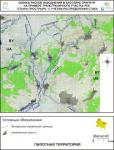 The maps are JPG images in Russian ( large files):
The maps are JPG images in Russian ( large files):